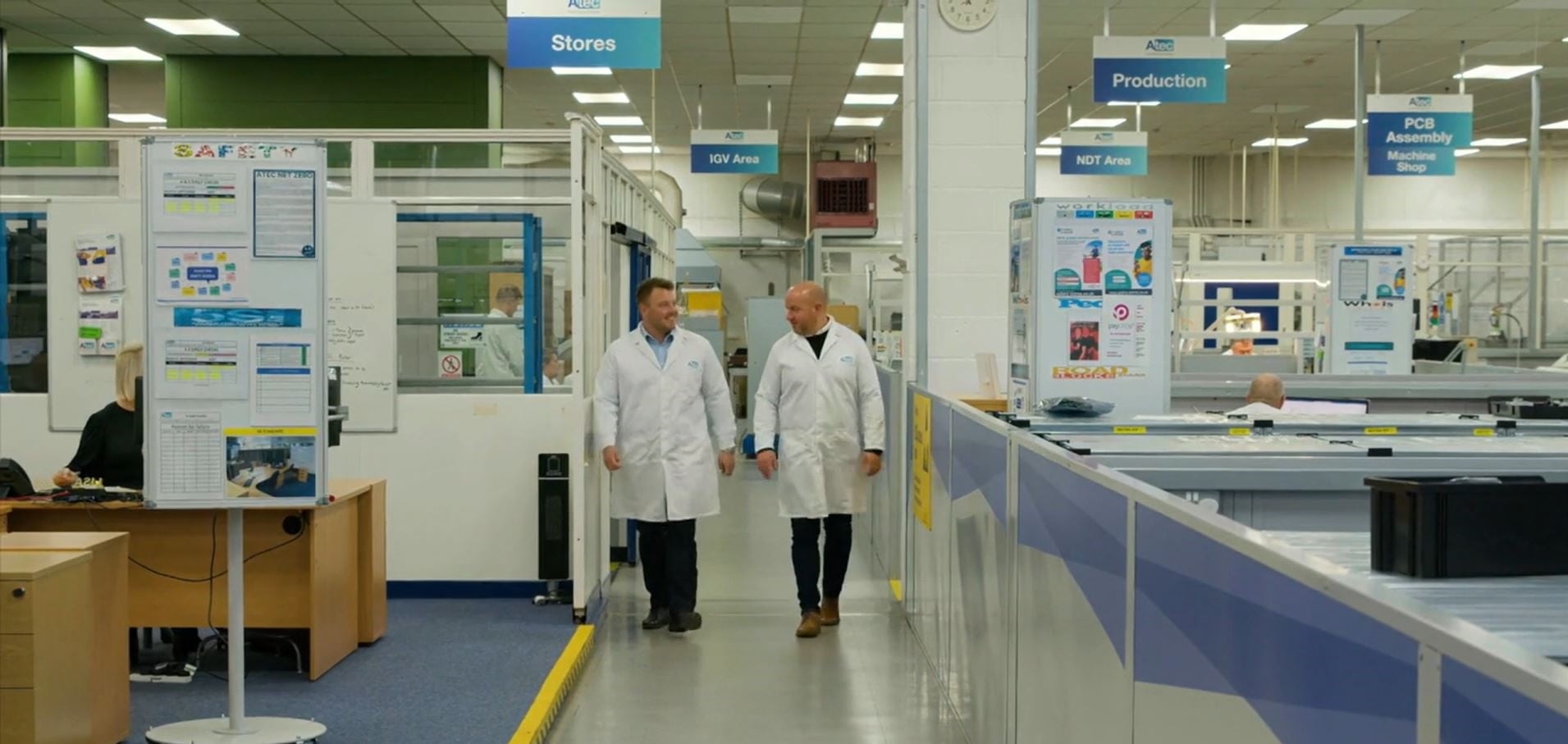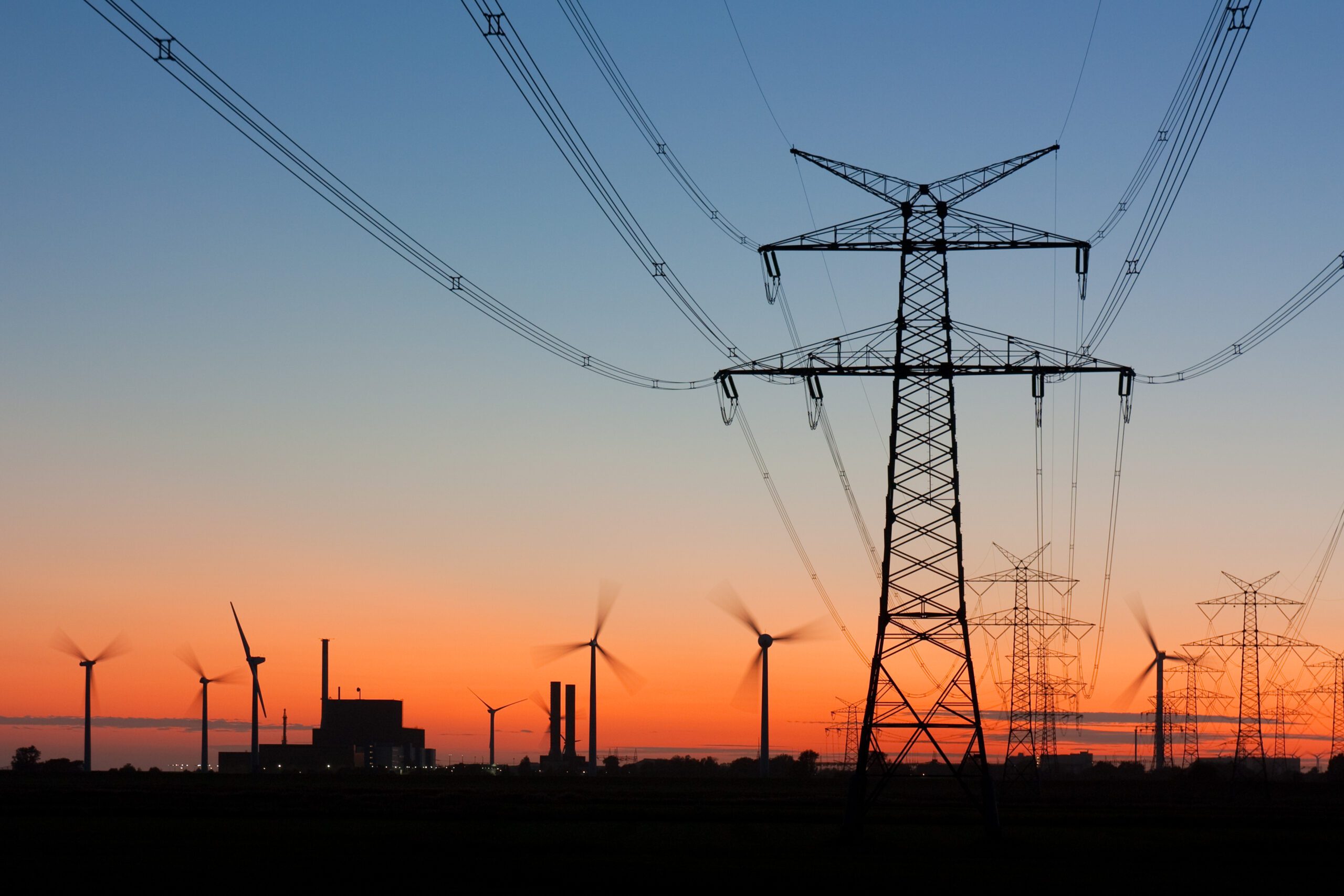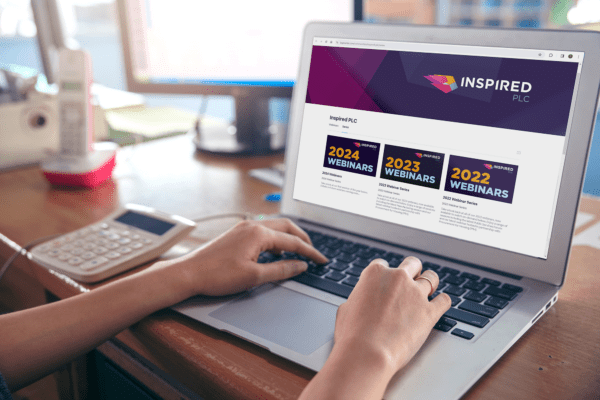
Carbon offsetting pros, cons, and considerations
The decision to purchase carbon offsets will have subsequent impacts on your business’ broader Environmental, Social and Governance (ESG) standing.
When looking to purchase carbon offsets, there are several factors to consider. The decision to purchase carbon offsets will have subsequent impacts on your business’ broader Environmental, Social and Governance (ESG) standing. Here we will discuss carbon offsetting pros and cons, as well as what to consider if you’re looking at purchasing carbon credits.
What you should consider before purchasing carbon credits
Businesses should first consider the motivation behind their decision to purchase carbon credits. If your business is eager to satisfy customers and or stakeholders and meet their expectations, then aligning with carbon offset schemes that not only neutralise emissions, but also result in benefits for wider society would be more beneficial.
This would publicly disclose that your business is not only considering its impact on the environment, but also seeing it as opportunity to simultaneously enhance quality of life through the funding of community projects. For example, purchasing carbon credits from the Malawi Cookstoves scheme not only looks to avoid emissions by reducing the volume of combusted biomass, but also increases quality of life as exposure to health damaging pollutants from poorly optimised cooking stoves is reduced.
However, if your business is less concerned with the additional societal benefits of its chosen offsetting project and is solely focused on achieving a carbon neutral status, then looking to procure accredited offsets for the lowest price would be more suitable.
Investment to offset
Depending on the amount of emissions that your business requires to offset, the financial investment needed can be drastic, even if your procure the cheapest carbon offsets. You would need to secure an adequate rate of ‘buy in’ to ensure that you can purchase enough carbon credits to offset your emissions. You should look to plan a long-term budget with the aim to remain carbon neutral, as you’ll need to purchase offsets annually to cover each year’s emissions.
However, it is important that the allocated budget for carbon offsets does not hinder or negatively impact your businesses net-zero strategy. Whilst looking to procure carbon offsets, you must ensure that there is still significant investment towards low carbon technology, operational adjustment, value chain engagement, etc. The concept of carbon neutrality should not override your ambition to become net-zero but use it as a tool to take responsibility for your emissions whilst you seek to directly eliminate them.
The pros and cons of carbon offsetting
Whilst carbon offsetting provides companies with an immediate approach to handle its emissions, there are several potential risks that the company should be aware of.
Greenwashing
There is a risk that the decision to purchase carbon offsets can be seen as masquerading the fact that your business is not actually taking direct action to eliminate its emissions. In essence, you are paying someone else to take responsibility for their own emissions, which is doing little to address the actual problem at hand, in that we are producing far too many greenhouse gases. Whilst true that purchasing carbon offsets won’t mitigate global warming and eliminate overall emissions into the atmosphere, offsetting sets out to at least neutralise what is being emitted, which is far more impactful than if no action were to be taken at all.
Verification and accreditation
When purchasing carbon offsets, it raises the question as to whether the selected offset scheme is actually delivering upon its proclaimed achievements. For example, can the scheme demonstrate that these carbon savings wouldn’t happen anyway in the absence of the project? Is rainforest conservation in one region not resulting in the spill over of deforestation in a neighbouring territory? What happens if the afforestation scheme you are purchasing credits from endures damaging wildfires? What about the possibility of offsets being sold twice?
You can appropriately manage this situation by ensuring that you invest in an accredited offsetting schemes by certain third parties. For example, carbon credits obtained from Climate Action Reserve, Verified Carbon Standard, American Carbon Registry, Gold Standard etc, will have undergone robust verification process by an ISO accredited third-party verifier. Purchasing carbon credits from accredited schemes such as these will drastically reduce the risk of purchasing offsets from a poor-quality project that is susceptible to scrutiny.
An opportunity to address wider environmental and social issues
Offsetting the projects selected for investment can offer the potential to engage with wider environmental and social spheres in addition to their greenhouse gas avoidance/removal. For example, afforestation schemes link to the reduction of soil erosion, biodiversity and wildlife preservation through habitat creation, as well as GDP generation by creating large labour opportunities associated with transforming barren land into dense forest. The Verified Carbon Standard offers a variety of tree planting and deforestation prevention schemes in Brazil and Kenya.
A prime example of the social benefits from certain offset schemes are clean water drinking projects in less economically developed countries. Whilst capable of generating carbon reductions, the scheme can also vastly improve the quality of life of communities, providing them with improved access to and consumption of safe drinking water. The Gold Standard offers such schemes in countries such as Rwanda and Uganda, where access to clean drinking water is an urgent issue.
An opportunity to practice insetting
While carbon offsetting looks further afield to neutralise business’ emissions, the concept of carbon insetting refers to an investment made by a business towards emissions reduction projects within its own supply chain.
For example, if your business procures products from a variety of agricultural suppliers, other businesses can collaborate with these suppliers to implement agroforestry, tree-planting schemes, etc., on their sites. Supporting and implementing these schemes within your supply chain boasts the benefit of neutralising your emissions within the realms of your operational/financial influence. This can be viewed favourably by stakeholders and customers, as you are making a conscious effort to neutralise carbon emissions within your own supply chain.
The verdict
Purchasing carbon offsets can have huge benefits if implemented alongside a broader environmental strategy that aims to achieve net-zero. The pathway towards net-zero is a difficult task and is not something we can achieve instantaneously. Carbon offsets provide an opportunity to help action the climate crisis in the short term but should not be mistaken for the sole resolution to the issue. The most concentrated efforts and overall aspiration should revolve around the elimination of emissions from a businesses’ operations, with carbon offsetting serving as a supporting mechanism until you can achieve that goal.
Achieve net-zero with expert support
As energy and sustainability consultants, we’re here to help ensure that the schemes you invest in provide maximum benefit for your business and the environment.
So, whether you need guidance on which offsetting schemes will boost your sustainability credentials, or you’re interested in exploring carbon insetting, talk to our experts today on 01772 689250 or email [email protected].










